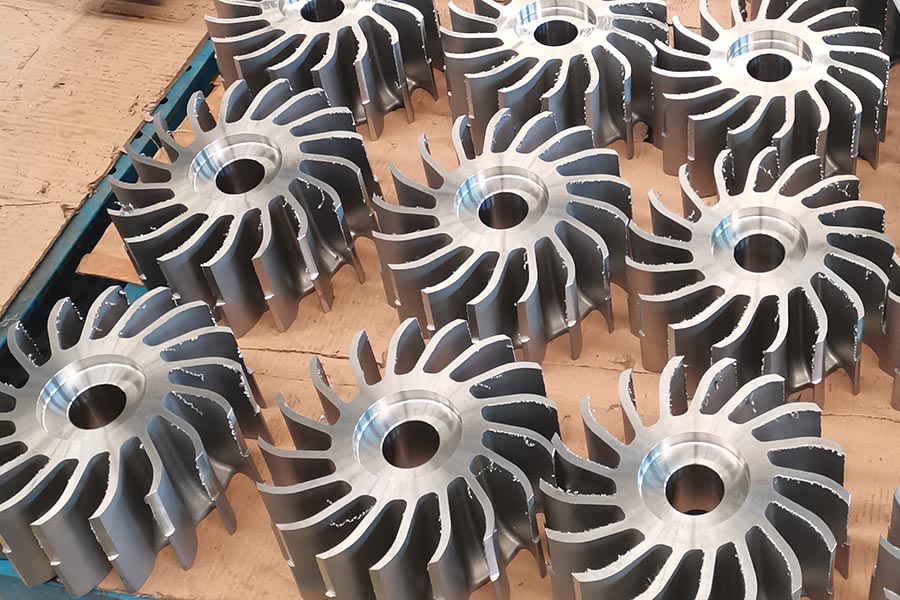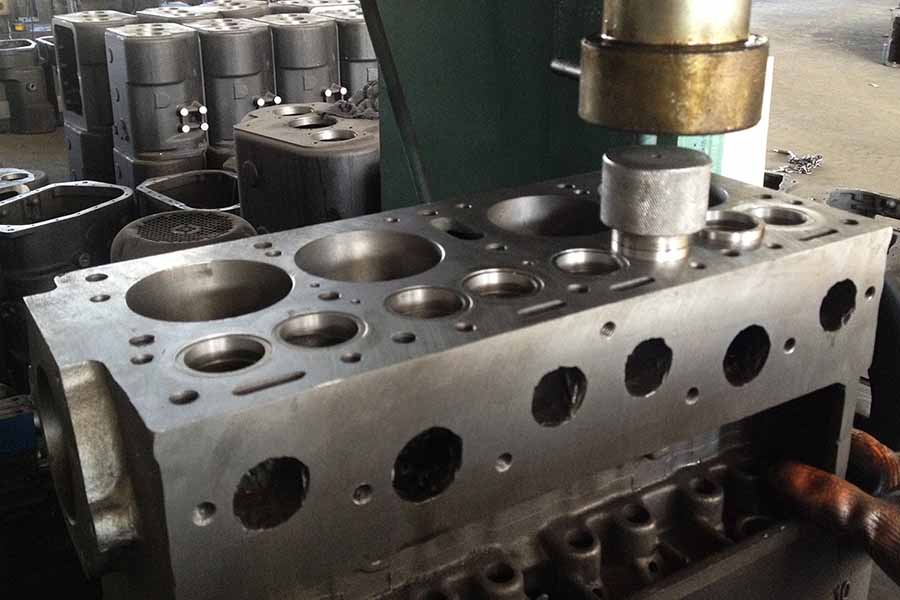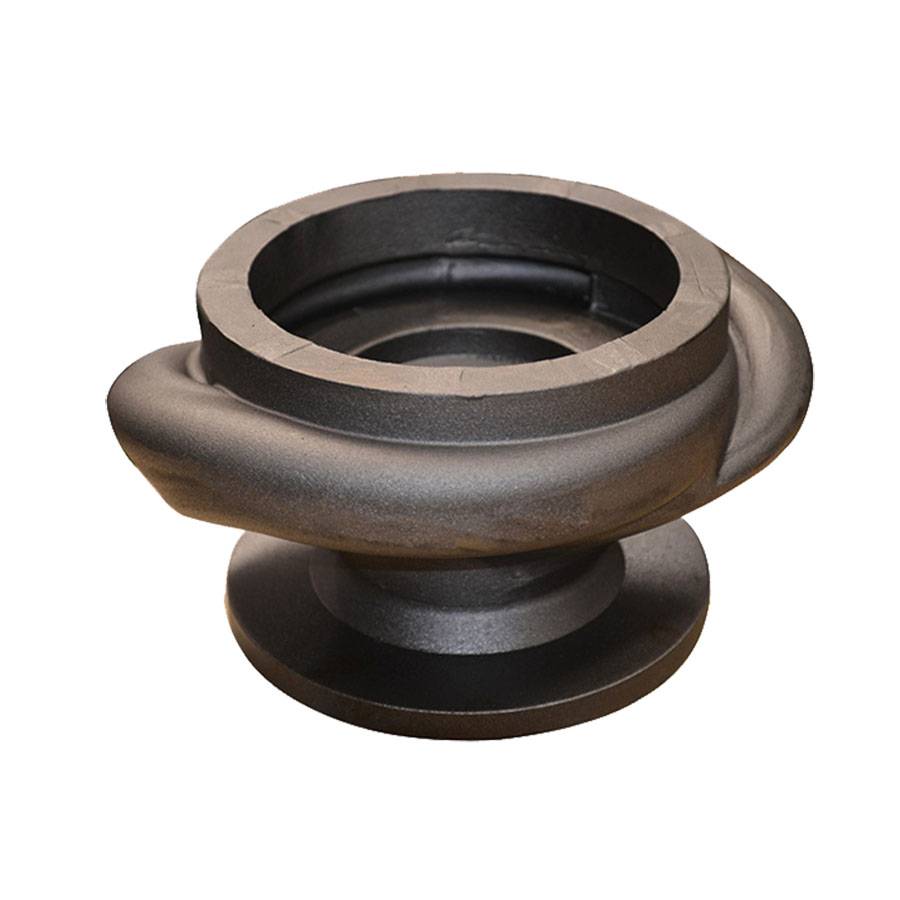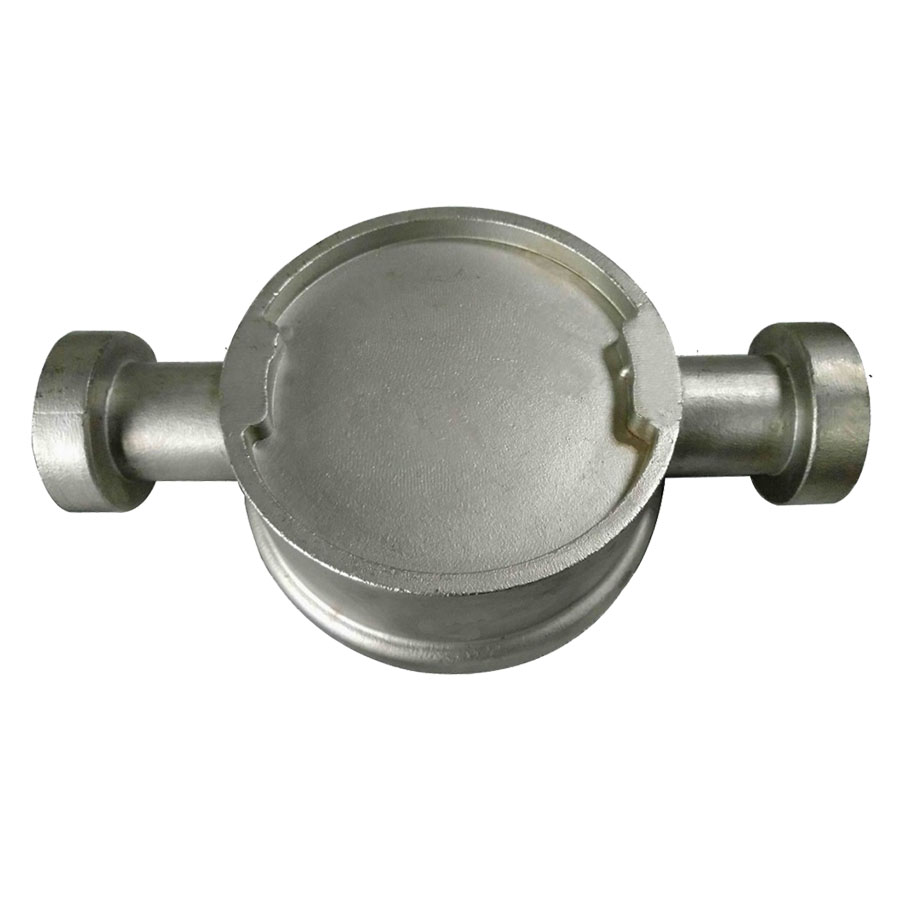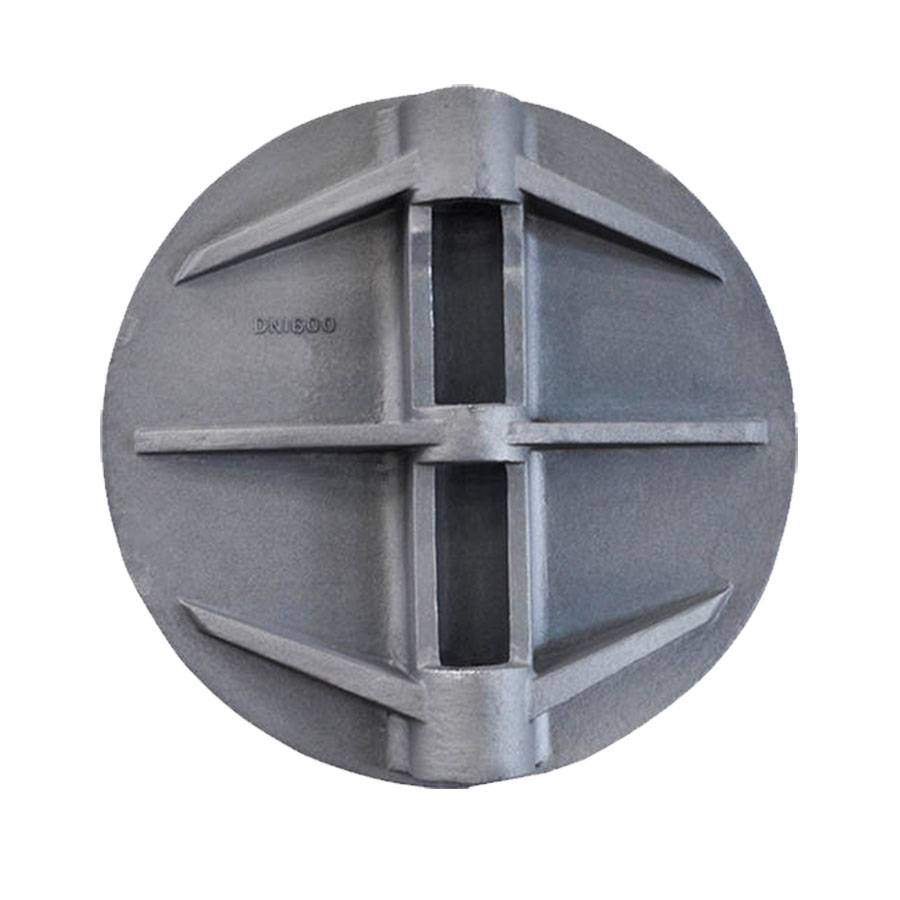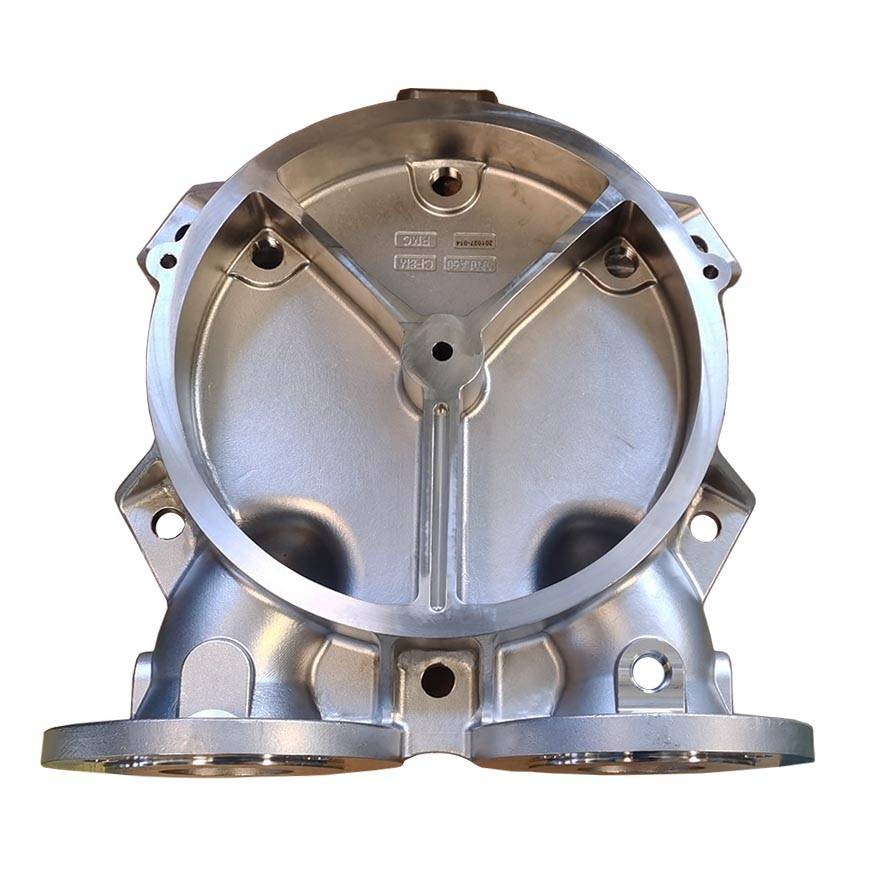Discountable price Carbon Steel Casting Supplier - CNC Machining Product of Grey Cast Iron – RMC Foundry Detail:
Machining is a process in which a material (often metal) is cut into a desired final shape and size by a controlled material-removal process. The processes that have this common theme, controlled material removal, are today collectively known as subtractive manufacturing, in distinction from processes of controlled material addition, which are known as additive manufacturing. Exactly what the “controlled” part of the definition implies can vary, but it almost always implies the use of machine tools (in addition to just power tools and hand tools).
Machining is a part of the manufacture of many metal products, but it can also be used on materials such as wood, plastic, ceramic, and composites. A person who specializes in machining is called a machinist. A room, building, or company where machining is done is called a machine shop. Much of modern machining is carried out by computer numerical control (CNC), in which computers are used to control the movement and operation of the mills, lathes, and other cutting machines. This increases efficiency, as the CNC machine runs unmanned therefore reducing labour costs for machine shops.
| CNC Precision Machining Capabilities at RMC Foundry | |||
| Facilities | Quantity | Size Range (mm) | Annual Capacity |
| Vertical Machining Center (VMC) | 48 sets | 1,500 × 1,000 × 800 | 6,000 tonn or 300,000 pieces |
| Horizontal Machining Center (VMC) | 12 sets | 1,200 × 800 × 600 | 2,000 tons or 100,000 pieces |
| CNC Machine | 60 sets | Max turning φ600 | 5,000 tons or 600,000 pieces |
| Standard of Tolerance: ISO 8062 2013, ISO 2768, GOST 26645 (Russia) or GBT 6414 (China). | |||
The three principal machining processes are classified as turning, drilling and milling. Other operations falling into miscellaneous categories include shaping, planing, boring, broaching and sawing.
Turning operations are operations that rotate the workpiece as the primary method of moving metal against the cutting tool. Lathes are the principal machine tool used in turning.
Milling operations are operations in which the cutting tool rotates to bring cutting edges to bear against the workpiece. Milling machines are the principal machine tool used in milling.
Drilling operations are operations in which holes are produced or refined by bringing a rotating cutter with cutting edges at the lower extremity into contact with the workpiece. Drilling operations are done primarily in drill presses but sometimes on lathes or mills.
Miscellaneous operations are operations that strictly speaking may not be machining operations in that they may not be swarf producing operations but these operations are performed at a typical machine tool. Burnishing is an example of a miscellaneous operation. Burnishing produces no swarf but can be performed at a lathe, mill, or drill press.
An unfinished workpiece requiring machining will need to have some material cut away to create a finished product. A finished product would be a workpiece that meets the specifications set out for that workpiece by engineering drawings or blueprints. For example, a workpiece may be required to have a specific outside diameter. A lathe is a machine tool that can be used to create that diameter by rotating a metal workpiece, so that a cutting tool can cut metal away, creating a smooth, round surface matching the required diameter and surface finish. A drill can be used to remove metal in the shape of a cylindrical hole. Other tools that may be used for various types of metal removal are milling machines, saws, and grinding machines. Many of these same techniques are used in woodworking.
Advanced machining techniques include precision CNC machining, electrical discharge machining (EDM), electro-chemical erosion, laser cutting, or water jet cutting to shape metal workpieces.
As a commercial venture, machining is generally performed in a machine shop, which consists of one or more workrooms containing major machine tools. Although a machine shop can be a stand-alone operation, many businesses maintain internal machine shops which support specialized needs of the business.
Machining requires attention to many details for a workpiece to meet the specifications set out in the engineering drawings or blueprints. Beside the obvious problems related to correct dimensions, there is the problem of achieving the correct finish or surface smoothness on the workpiece. The inferior finish found on the machined surface of a workpiece may be caused by incorrect clamping, a dull tool, or inappropriate presentation of a tool. Frequently, this poor surface finish, known as chatter, is evident by an undulating or irregular finish, and the appearance of waves on the machined surfaces of the workpiece.
Machining is any process in which a cutting tool is used to remove small chips of material from the workpiece (the workpiece is often called the “work”). To perform the operation, relative motion is required between the tool and the work. This relative motion is achieved in most machining operation by means of a primary motion, called “cutting speed” and a secondary motion called “feed”. The shape of the tool and its penetration into the work surface, combined with these motions, produce the desired shape of the resulting work surface.
Machining operations
There are many kinds of machining operations, each of which is capable of generating a certain part geometry and surface texture.
In turning, a cutting tool with a single cutting edge is used to remove material from a rotating workpiece to generate a cylindrical shape. The primary motion is provided by rotating the workpiece, and the feed motion is achieved by moving the cutting tool slowly in a direction parallel to the axis of rotation of the workpiece.
Drilling is used to create a round hole. It is accomplished by a rotating tool that typically has two or four helical cutting edges. The tool is fed in a direction parallel to its axis of rotation into the workpiece to form the round hole.
In boring, a tool with a single bent pointed tip is advanced into a roughly made hole in a spinning workpiece to slightly enlarge the hole and improve its accuracy. It is a fine finishing operation used in the final stages of product manufacture.
Reaming is one of the sizing operations that removes a small amount of metal from a hole already drilled.
In milling, a rotating tool with multiple cutting edges is moved slowly relative to the material to generate a plane or straight surface. The direction of the feed motion is perpendicular to the tool’s axis of rotation. The speed motion is provided by the rotating milling cutter. The two basic forms of milling are: Peripheral milling and Face milling.
Other conventional machining operations include shaping, planing, broaching and sawing. Also, grinding and similar abrasive operations are often included within the category of machining.
A cutting tool has one or more sharp cutting edges and is made of a material that is harder than the work material. The cutting edge serves to separate chip from the parent work material. Connected to the cutting edge are the two surfaces of the tool:
The rake face and the flank.
The rake face which directs the flow of newly formed chip, is oriented at a certain angle is called the rake angle “α”. It is measured relative to the plane perpendicular to the work surface. The rake angle can be positive or negative. The flank of the tool provides a clearance between the tool and the newly formed work surface, thus protecting the surface from abrasion, which would degrade the finish. This angle between the work surface and the flank surface is called the relief angle. There are two basic types of cutting tools:
Single point tool and multiple-cutting-edge tool
A single point tool has one cutting edge and is used for turning, boring and planing. During machining, the point of the tool penetrates below the original work surface of the workpart. The point is sometimes rounded to a certain radius, called the nose radius.
Multiple-cutting-edge tools have more than one cutting edge and usually achieve their motion relative to the workpart by rotating. Drilling and milling use rotating multiple-cutting-edge tools. Although the shapes of these tools are different from a single-point tool, many elements of tool geometry are similar.
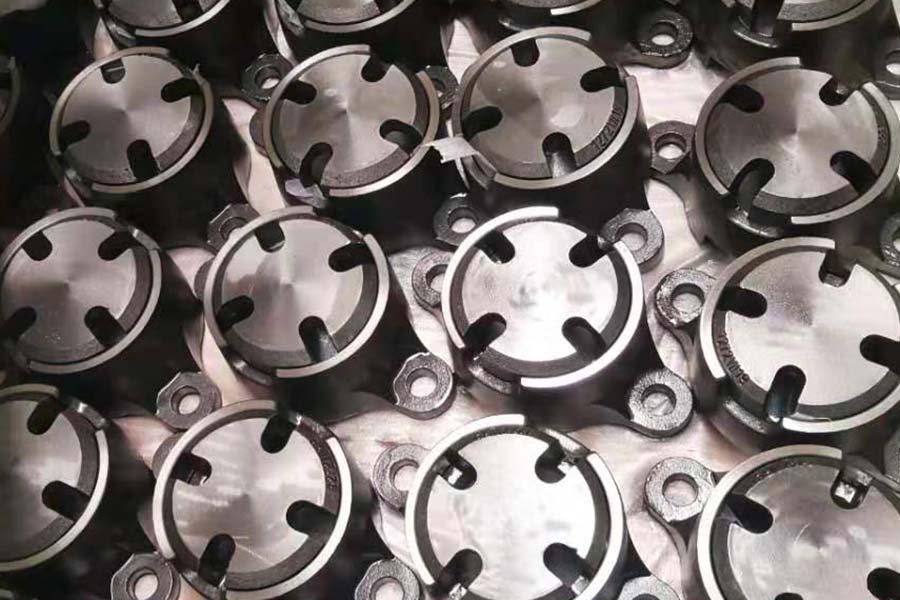
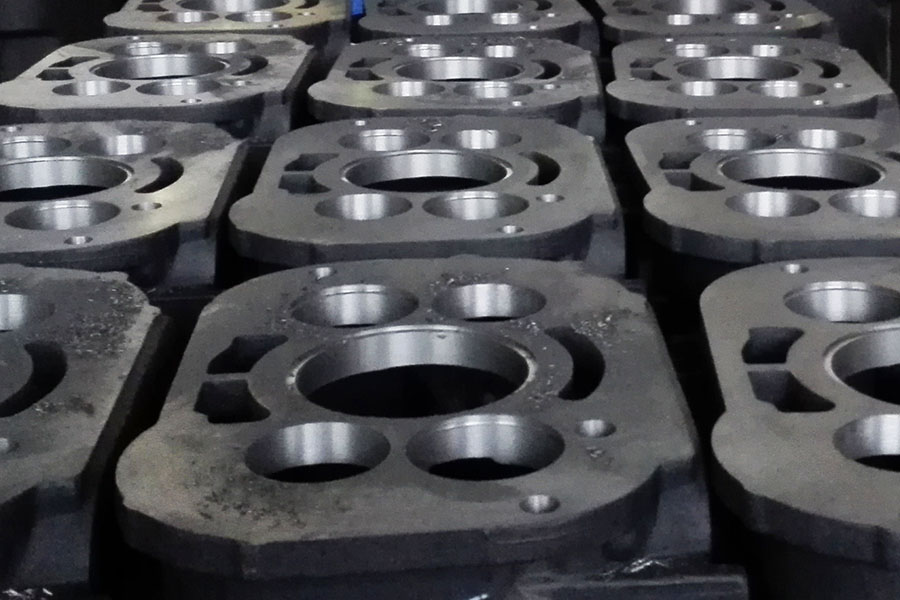
CNC Machining Products of Grey Iron
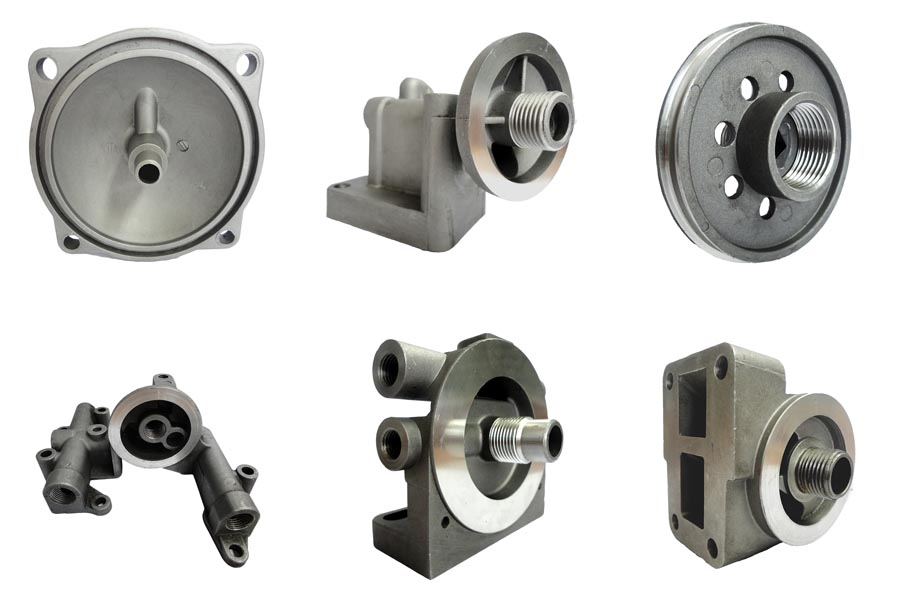
Aluminium Alloy CNC Machined Products
Product detail pictures:
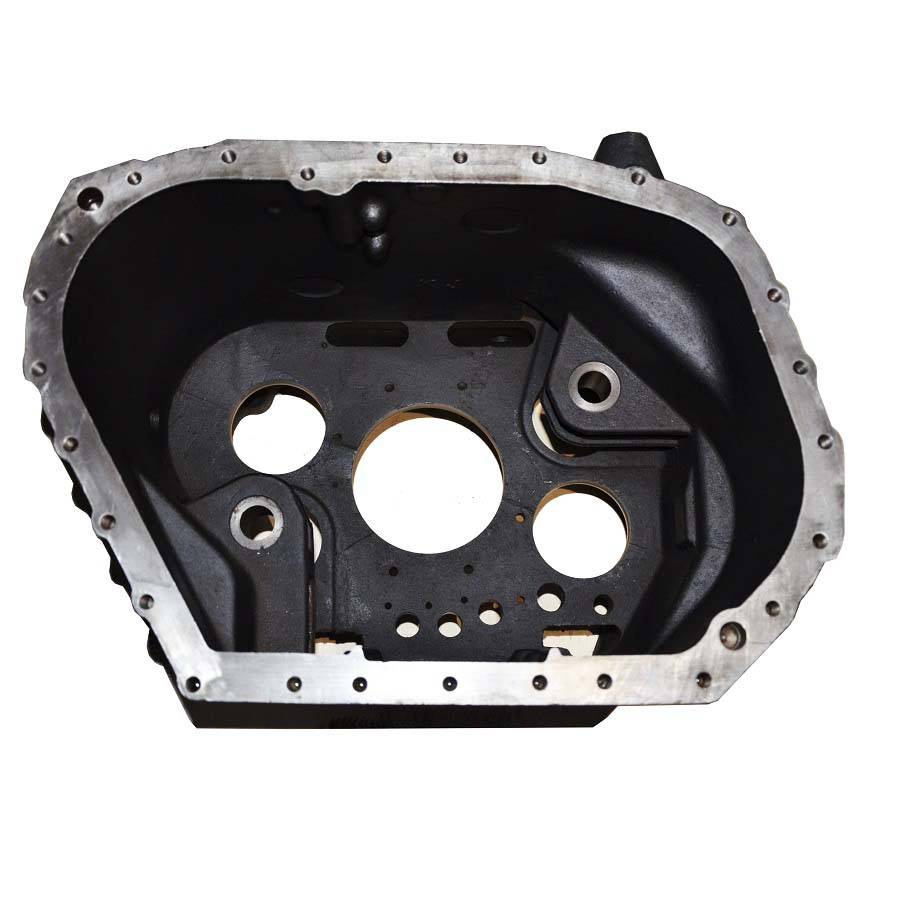
Related Product Guide:
To continually enhance the management technique by virtue of your rule of "sincerely, great faith and high-quality are the base of company development", we widely absorb the essence of similar merchandise internationally, and continuously build new merchandise to meet the demands of customers for Discountable price Carbon Steel Casting Supplier - CNC Machining Product of Grey Cast Iron – RMC Foundry, The product will supply to all over the world, such as: Marseille , Sao Paulo , Guatemala , With the aim of "compete with good quality and develop with creativity" and the service principle of "take customers' demand as orientation", we will earnestly provide qualified products and good service for domestic and international customers.
This company has a lot of ready-made options to choose and also could custom new program according to our demand, which is very nice to meet our needs.
-
Good quality Sand Casting Supplier - Gray Iron...
-
2020 High quality Shell Mold Casting Products -...
-
Europe style for Aluminium Alloy Lost Wax Casti...
-
High Performance Wear Resistant Steel Foundry -...
-
Special Price for Stainless Steel Lost Wax Cast...
-
New Delivery for Bronze Casting Foundry - Stai...


